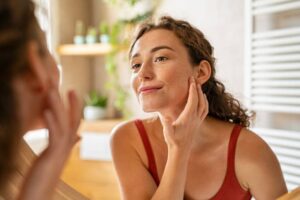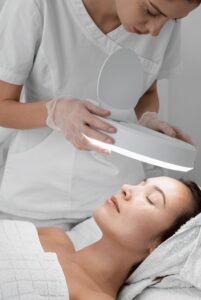In the depths of winter weather sitting in front of a heater, it is an appropriate time to address this subject.
What is Vitamin D?
Vitamin D is a fat soluble vitamin naturally derived from exposing skin to UVB waves from the sun. Dietary sources are limited and include oily fish and egg yolks. Vitamin D is crucial in every single function in the body. You are already aware it is mainly responsible for the good health of bones and improving calcium absorption, but it also does much more than this. It helps improve immunity, reducing the frequency of colds and flus, and managing more serious autoimmune conditions. Vitamin D also improves muscle strength and can reduce fractures in the elderly. Did you know that low levels of vitamin D have also been associated with an increased risk of certain cancers including colon cancer and other chronic diseases such as cardiovascular disease and diabetes? Interestingly, it may even help support healthy moods and is a beneficial part of the treatment for depression.
We are usually blessed with great weather in Perth with plenty of opportunity to get out and about to make Vitamin D from skin exposure to the sun and yet there are many that are deficient in this important nutrient. Recent literature quotes 73% of Australian adults suffer from inadequate vitamin D levels, with almost 60% of women living in southern areas being completely deficient during the winter/spring months.
It may be that we are spending too much time indoors or the strong messages we get about skin cancer risk from sun exposure means that we are covering up and using sunscreen too diligently. Whatever the reason, I have been astounded how many people I have found with inadequate levels of Vitamin D, including myself when I got tested!
People at greater risk of deficiency are the elderly, the housebound, darker skinned or tanned individuals, and those who wear covered clothes, work indoors or regularly avoid sun exposure. During winter, you may need to spend more time outdoors to obtain vitamin D compared to summer when a few minutes of sun exposure daily may be sufficient. With our position under the hole in the ozone layer, getting the sun exposure required for optimal vitamin D synthesis may present risks to skin health and supplementation with vitamin D may be a safer option.
How you can maintain optimal Vitamin D levels
Here are a few simple steps:
- If getting sun exposure, aim for 6 to 7 minutes midmorning or mid-afternoon during warmer months, and 7 to 40 minutes at noon during winter; arms and shoulders should be visible, and without sunscreen. Be aware that UV levels are highest between 11am and 3pm so be cautious going out uncovered for longer than this. I would also caution against sun exposure for those who are at high risk of skin cancer such as those with a past history and/or a family history
- If you know you are low in vitamin D and you wish to avoid the sun, it may be more appropriate to correct a deficiency with a supplement to quickly and safely build up your vitamin D stores. For example, a simple and effective mode of supplementation available at Azure Medical is to use a Vitamin D injection. A single dose can be enough to provide optimal levels for up to a year
- If you believe you are at risk and unsure about your current vitamin D levels, ask your Azure Medical GP about how to get your levels assessed.






